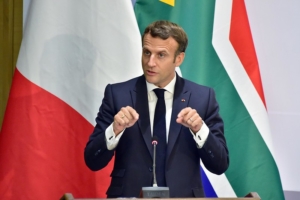 In 2019, Italy’s deputy prime minister Luigi Di Maio declared that France is “impoverishing African countries” through its commercial and security ties, prompting an inquiry into how current French-Africa relations impact poverty in Africa. As France’s role in Africa dwindles and French President Emmanuel Macron reassesses French-Africa relations, it is essential to explore the impact of French policies on the African people.
In 2019, Italy’s deputy prime minister Luigi Di Maio declared that France is “impoverishing African countries” through its commercial and security ties, prompting an inquiry into how current French-Africa relations impact poverty in Africa. As France’s role in Africa dwindles and French President Emmanuel Macron reassesses French-Africa relations, it is essential to explore the impact of French policies on the African people.
History of France-Africa Relations
After the invasion of Algiers in 1830, France initiated more than a century of colonialism in Africa, subjugating millions of Africans to French rule. French colonization changed the shape of African militaries, economies and politics. Most colonies achieved independence during the 1960s. However, France still “detained a sphere of influence in these regions.”
In the post-independence period, French relations with its former colonies became known by the term “Françafrique,” a portmanteau of France and Afrique (the French word for Africa). This term encompasses the economic, political and military relations between Paris and its former African colonies. However, during the 1990s, the idea of Françafrique faced challenges in France. Activists revealed “African emissaries traveling to France with suitcases full of cash seeking, regardless of who won the election, to cement French politicians’ loyalty and support for certain African heads of state,” according to Global Voices.
Nowadays, French attitude and policy shifts may signify an end of Françafrique, as France transitions from neocolonialism to a desire to build mutually beneficial relationships with African nations.
Emmanuel Macron’s New Direction on Africa
President Macron aimed to start a new chapter of France-Africa relations after his speech in Ouagadougou, the capital of Burkina Faso in November 2017. Macron expressed his desire to establish more equal partnerships with African nations in his speech.
In October 2021, the President held firm to this policy shift at the New Africa-France Summit, where he worked with African leaders to redefine France-Africa relations.
In his attempt to revolutionize French influence in Africa, the French President has made unprecedented advances by recognizing France’s negative role in Africa, declaring that colonialism was a “grave mistake,” according to Economist Intelligence.
Economic Dependency
Despite Macron’s hopes, forging an equal partnership between France and Africa is challenging, as France created and controls a relevant African currency: the Communauté Financière Africaine (CFA) franc.
The CFA franc is a regional currency used by nations in the West African Economic and Monetary Union and the Economic and Monetary Community of Central African States. Created in the colonial era, France ensured its use in its sub-Saharan colonies, guaranteeing the fixed rate of CFA franc with the French franc and now with the Euro, according to Carnegie Endowment for International Peace.
Togolese economist Kako Nubukpo criticized the CFA franc because the Central European Bank, instead of a centralized African bank, determines the financial policies that impact this currency, according to Global Voices. France requires African nations to hold 50% to 65% of its foreign reserves in France’s central bank to “guarantee the convertibility of the CFA at a fixed exchange rate,” Global Voices stated.
Additionally, Senegalese economist Ndong Samba Sylla noted that former French colonies that did not have the CFA franc—specifically, Algeria, Morocco and Tunisia—are now “stronger economically than any user of CFA franc,” Global Voices reports.
Military-Driven Security in Africa
Africa also depends on the French military and aid to defend national security, promote political stability and curb threats of terrorism and extremism.
In 2014, France began a military operation in the Sahel, Operation Barkhane, sending 3,000 troops to combat terrorism and maintain regional stability, according to Brookings. France’s military-driven efforts to combat terrorism and instability in Africa are not the most effective, especially since military involvement failed to prevent coups d’état in Chad and Mali, according to Carnegie Endowment.
French Foreign International Development Aid to Africa
Unlike military engagement, French foreign aid is generally well received in Africa, as France remains a top contributor of support for the continent. France has expanded its foreign assistance recently, increasing its international development budget to 0.55% of its GDP. Paris plans to continue this course of increased aid with a 0.7% aid target by 2025.
French foreign aid contributes to humanitarian assistance and economic, social and political development programs. These projects could improve the lives of Africans by cultivating new job opportunities and spurring further economic and technological advancement. One example is the development of a commuter rail line in Nairobi, Kenya, funded by the French government’s contribution of €3 billion.
Targeted foreign aid offers the chance for France to advance meaningful development in Africa while also advancing its diplomatic goals of strengthening French-Africa relations.
Poverty in Africa
According to the World Bank, extreme poverty in Africa fell from 54% in 1990 to 41% in 2015. Despite this seemingly sharp drop in poverty rates, “the number of poor people in Africa has actually increased from 278 million in 1990 to 413 million in 2015.”
Targeted foreign assistance from France may promote job growth, counteracting poverty. For instance, France initiated a project called Choose Africa, giving €2.5 billion to invest in new African businesses, according to France Diplomacy. This project and other French international development projects in Africa could successfully challenge poverty.
Outside of the French government, many nongovernmental organizations fight poverty on the ground, including Médecins Sans Frontières (MSF). Commonly known as Doctors Without Borders in English, MSF is an NGO of French origin focusing on providing medical assistance to those in need. Working in more than 70 countries in 2021, MSF brings health care programs across the globe, with much of their work centered on impoverished Africans.
Even though France-Africa relations remain complex, French foreign aid, coupled with the work of NGOs like MSF and other foreign powers, contributes to the enduring battle to tackle poverty in Africa.
– Michael Cardamone
Photo: Flickr

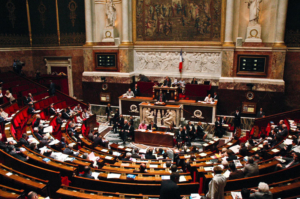
 In 2019, Italy’s deputy prime minister Luigi Di Maio declared that France is “
In 2019, Italy’s deputy prime minister Luigi Di Maio declared that France is “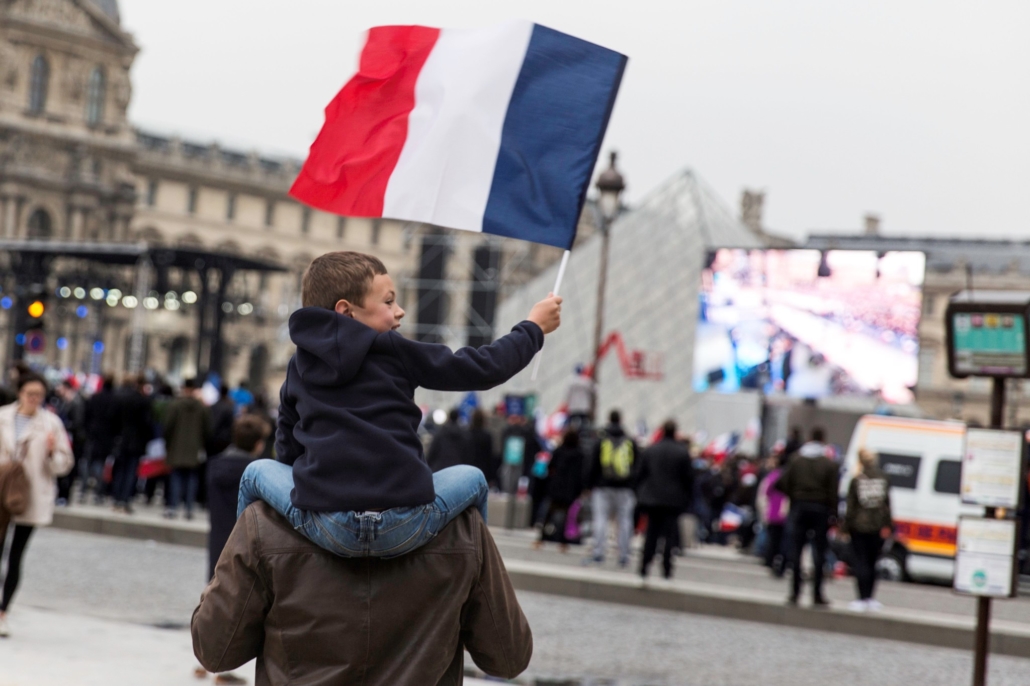
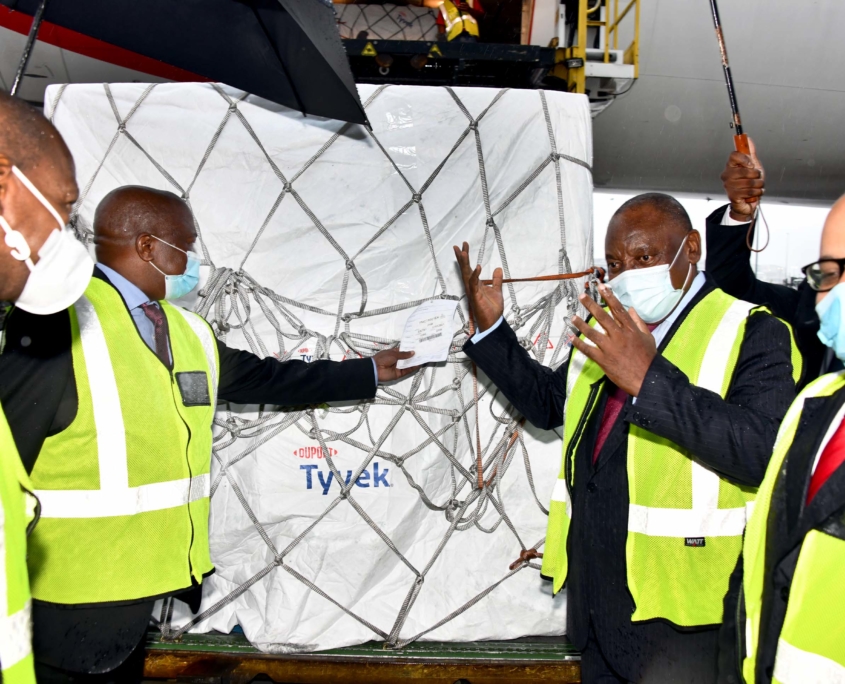
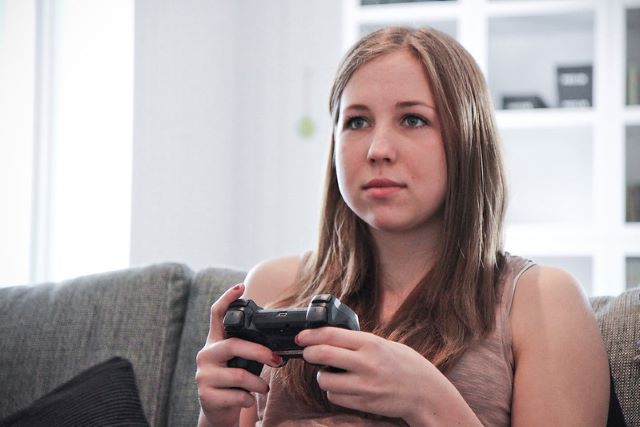 Even though the world is more connected than ever, poverty remains a large problem as many people are left behind. Fortunately, people are using the internet as a platform for change, resulting in unprecedented awareness of global poverty. One example of this is Z Event, a French charity project hosted annually on the live streaming website Twitch. Z Event started with just two people wanting global change. The video gaming event is shattering world records while raising millions of dollars for charity.
Even though the world is more connected than ever, poverty remains a large problem as many people are left behind. Fortunately, people are using the internet as a platform for change, resulting in unprecedented awareness of global poverty. One example of this is Z Event, a French charity project hosted annually on the live streaming website Twitch. Z Event started with just two people wanting global change. The video gaming event is shattering world records while raising millions of dollars for charity.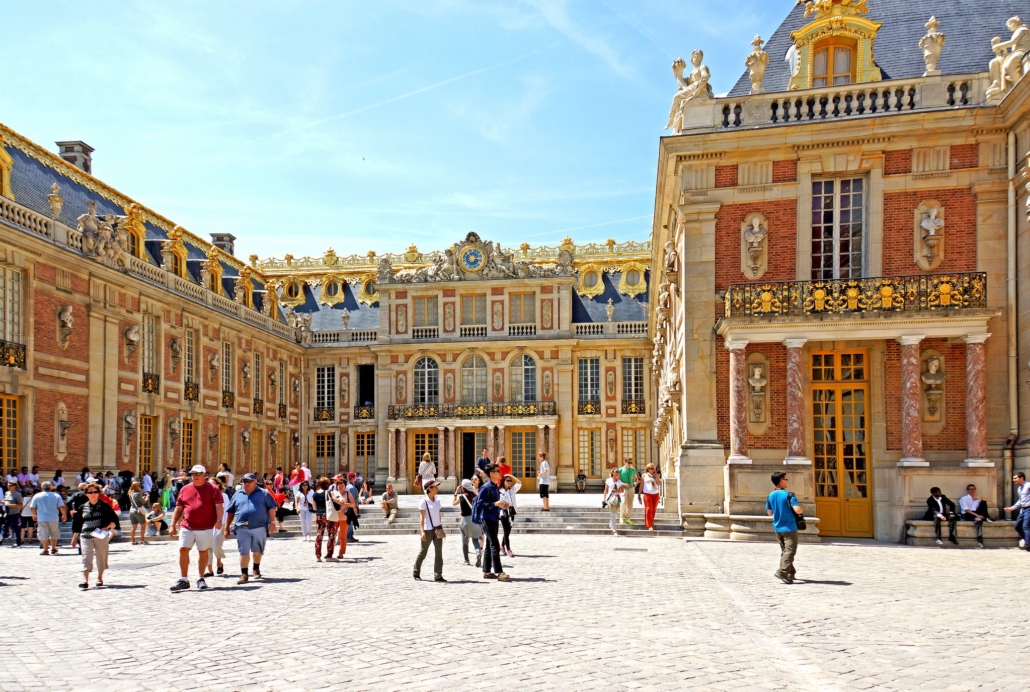

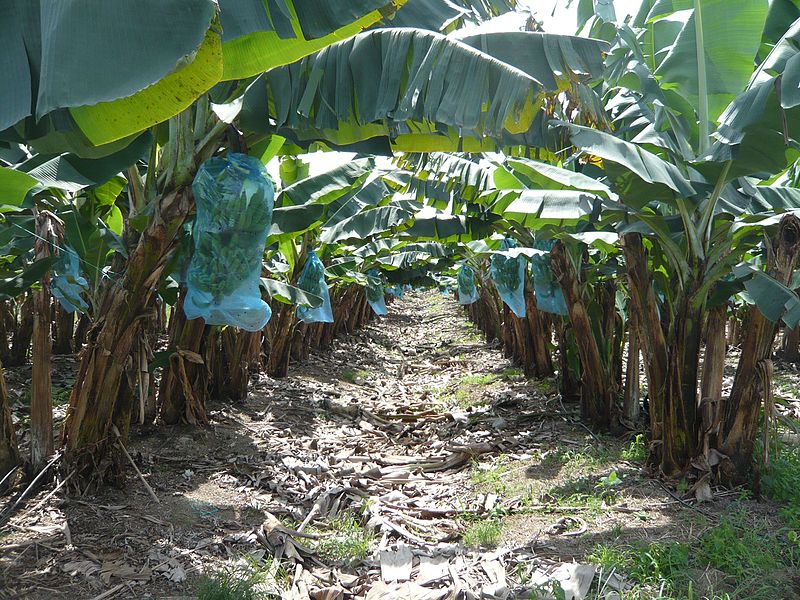
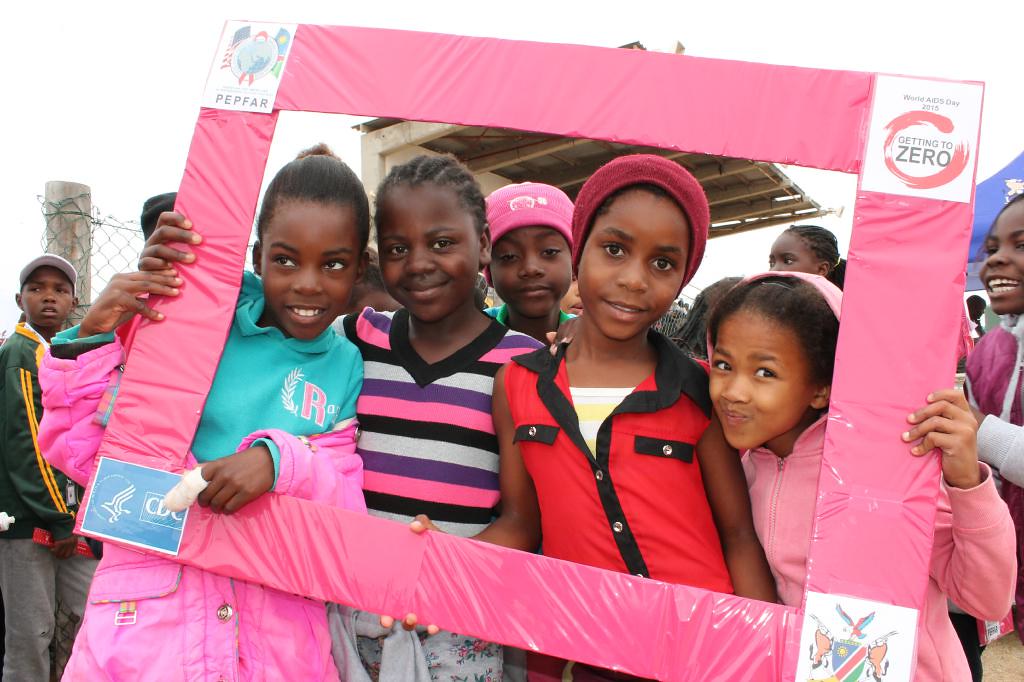 On June 21, President Emmanuel Macron
On June 21, President Emmanuel Macron 